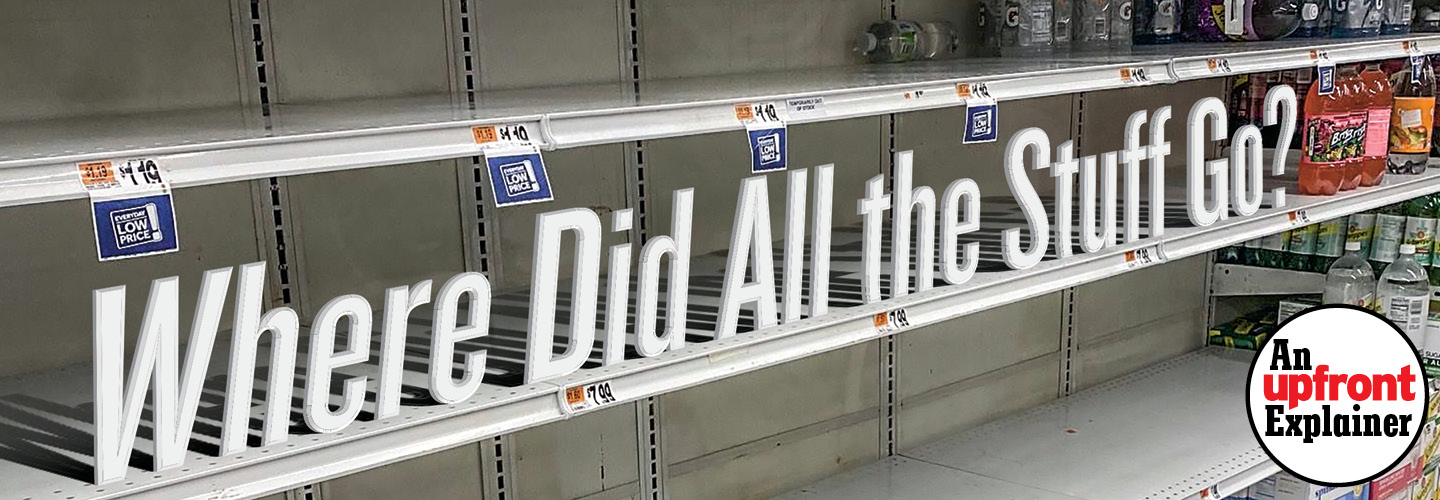Canned drinks. Sneakers. Computer chips. By now, you’ve probably heard: The world has run short of many products. In an era in which we’ve become accustomed to clicking and waiting for whatever we desire to arrive at our doors, it’s been a bit of a shock to find empty store shelves and long waits for back-ordered products. Here’s a look at what’s gone wrong.
Canned drinks. Sneakers. Computer chips. By now, you’ve probably heard: The world has run short of many products. Clicking and waiting for whatever we desire to arrive at our doors has become the norm. That’s why it’s been a bit of a shock to find empty store shelves and long waits for products. Here’s a look at what’s gone wrong.

